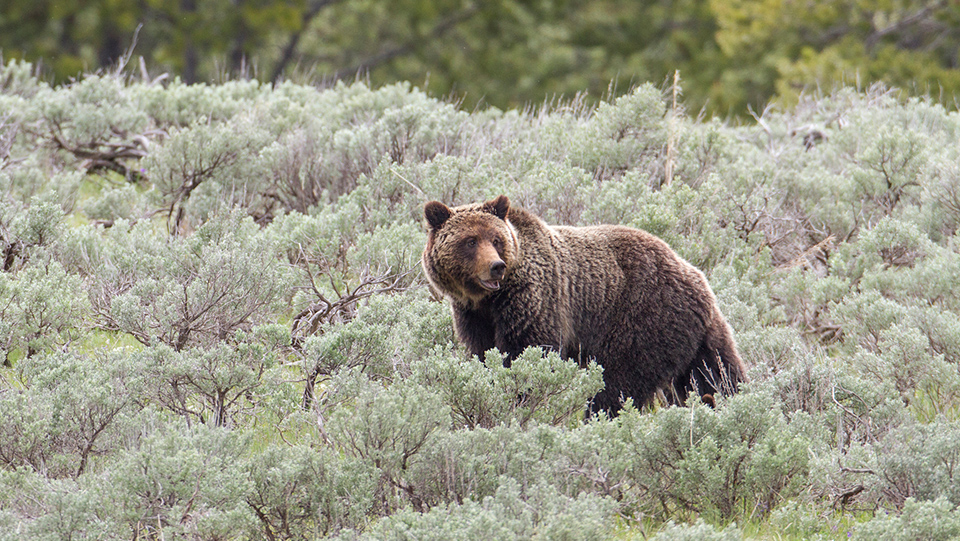
Biodiversity in National Parks¶
By Nicholas Quisler
Introduction¶
This project seeks to analyze biodiversity data from the National Parks Service, particularly around various species observed in the Bryce, Great Smoky Mountains, Yellowstone, and Yosemite National Parks.
This project will explore, analyze, prepare, plot data, and seek to explain the findings from the analysis.
Data Sources
species_info.csv- contains data about different species and their conservation status.category- class of animalscientific_name- the scientific name of each speciescommon_name- the common names of each speciesconservation_status- each species' current conservation status
observations.csv- holds recorded sightings of different species at several national parks for the past 7 days.scientific_name- the scientific name of each speciespark_name- park where species were foundobservations- the number of times each species was observed at the park
Goals¶
In this project the perspective will be through a biodiversity analyst for the National Parks Service. The National Park Service wants to ensure the survival of at-risk species, to maintain the level of biodiversity within their parks. Therefore, the main objectives as an analyst will be understanding characteristics about the species and their conservation status, and those species and their relationship to the national parks.
Here are a few question this project seeks to answer:
- What is the distribution of conservation_status for animals?
- Are certain types of species more likely to be endangered?
- Are the differences between species and their conservation status significant?
- Which species were spotted the most at each park?